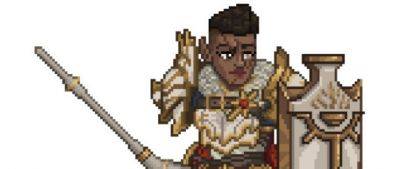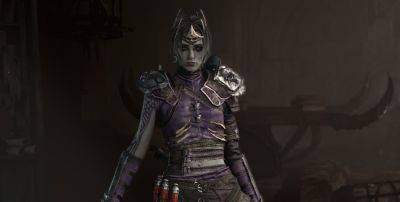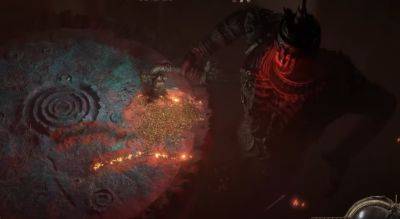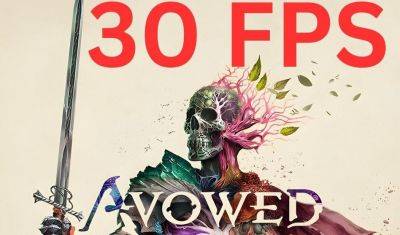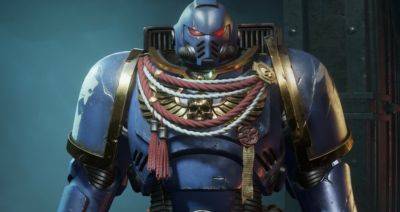The Evolution of Assassin’s Creed’s Hidden Blades
Assassin's Creed's Hidden Blades are an integral part of the series' iconography and identity, as important as hoods, eagles, and the ever-evolving Assassin Crest. Essentially spring-loaded knives strapped to leather or metal bracers and hidden on the underside of the wearer's forearm, they've been a central feature in almost every game from their reveal in the first CG trailer for 2007's Assassin's Creed to Assassin's Creed Shadows (launching on November 15) - and you can become an expert on how they've changed by reading below, and then discovering them yourself with the Assassin's Creed games included in a Ubisoft+ Classics or Premium subscription.
Possibly inspired by historical accounts of real-life Assassins hiding knives in their sleeves, the Hidden Blade carried by the Levantine Assassin Altaïr required the sacrifice of the left ring finger to properly wield. This amputation was symbolic - a rite of passage signifying the Assassin's devotion to the Brotherhood - and practical, since the extended Hidden Blade was designed to slide between the middle and little fingers of a clenched fist when its wearer pulled a ring on a cord.
Altaïr's Hidden Blade was useful mainly for stealth kills, for dramatically dispatching targets, and even for pouncing on enemies from high ledges. Attempts to stab with it in combat would be immediately blocked, but daring players could use the blade to counter enemy attacks for an instant kill - with the caveat that it wouldn't block the strike if players mistimed the counter.
The Hidden Blade wielded centuries later by Italian Assassin Ezio Auditore da Firenze was a huge technological leap forward. Created using ancient knowledge Altaïr gleaned from an artifact known as the Apple of


 news.ubisoft.com
news.ubisoft.com

